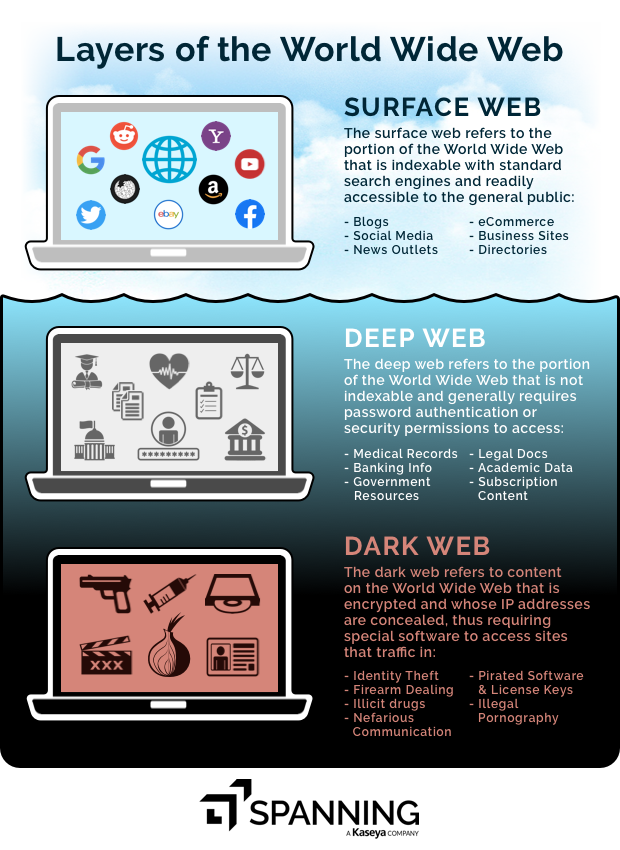The Dark Web is just as scary as it sounds, and even more so. Also known as the “darknet,” it includes content on the internet that is encrypted and whose IP addresses are deliberately concealed. This makes it unreachable through regular search engines. The extreme anonymity of the Dark Web has created a place for whistleblower forums and a refuge for those living under oppressive governments on one side, while also serving as an underground market for drugs and illegal activities on the other.
Identities: Dark Web’s Latest Hot-Selling Item
Data breaches are increasingly focusing on customer records – 4.1 billion personal records were exposed through data breaches in the first half of 2019 alone. This is driven by the profitable market for personal records on the dark web. The IMF ranks identities, credit card information, and bank details as the second-most sought-after “product” on the dark web, following illegal drugs. And it is indeed profitable. While website login credentials can sell for between $12 and

Breach Theft/Malicious Deletion: A Double Whammy
The cost of a data breach for an enterprise has risen by 14% this year to $1.41 million. For an organization reeling under the massive cost of a breach, the damage of having their data sold on the dark web could be devastating in terms of brand reputation, customer loss, and further financial/legal costs.
Another scenario that is bleaker still, is one where hackers breach your organization and then proceed to simply wipe out the resources and artifacts that they are now in control of, causing irreversible harm to the business. A legendary case highlighting the same is about a successful IT services organization that had its business destroyed due to such a nightmarish assault. An attacker breached the company’s AWS control panel and demanded a ransom to give back control. When it was refused, the hacker started deleting resources. The company eventually gained control, but not before the deletions caused irreparable damage to the business. While cases such as these are not often made public, data breaches are known business slayers – more than 60% of SMBs cannot survive a data breach.
So, how do you protect your business and your customer’s data from ending up on the dark web or from being maliciously deleted? Firstly by preventing a data breach by making certain that your network, applications, processes, and employees abide by the highest cybersecurity best practices. Unfortunately, given the tenacity and ingenuity of hackers, it is best to be prepared for the worst-case scenario. If a breach were to occur, limit the damage and ensure business continuity with a reliable backup and restore solution that quickly recovers your data. Your final line of defense? Dark web monitoring. This applies to an intelligent identity protection solution that proactively monitors the dark web for an organization’s compromised or stolen employee and customer data.